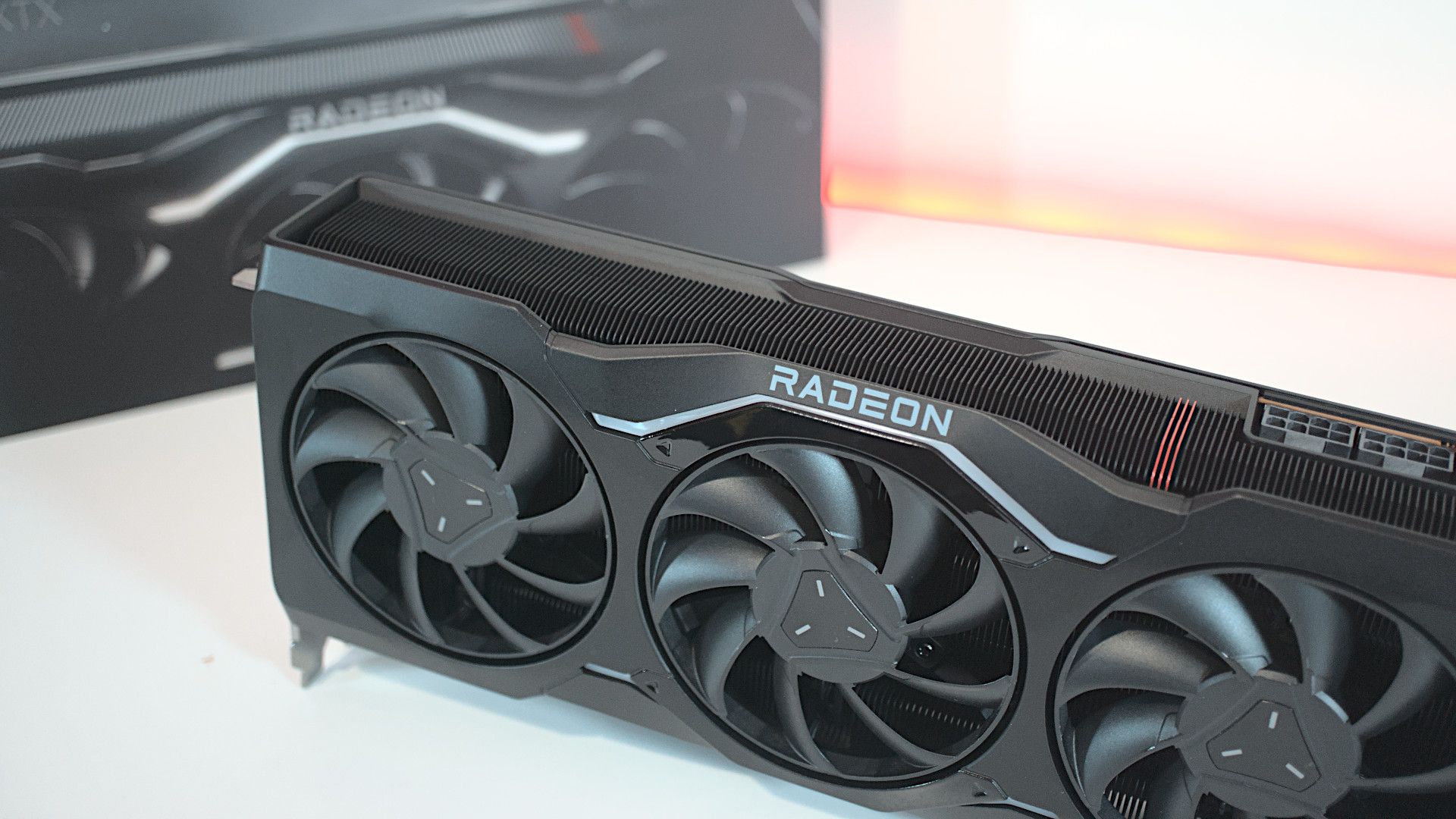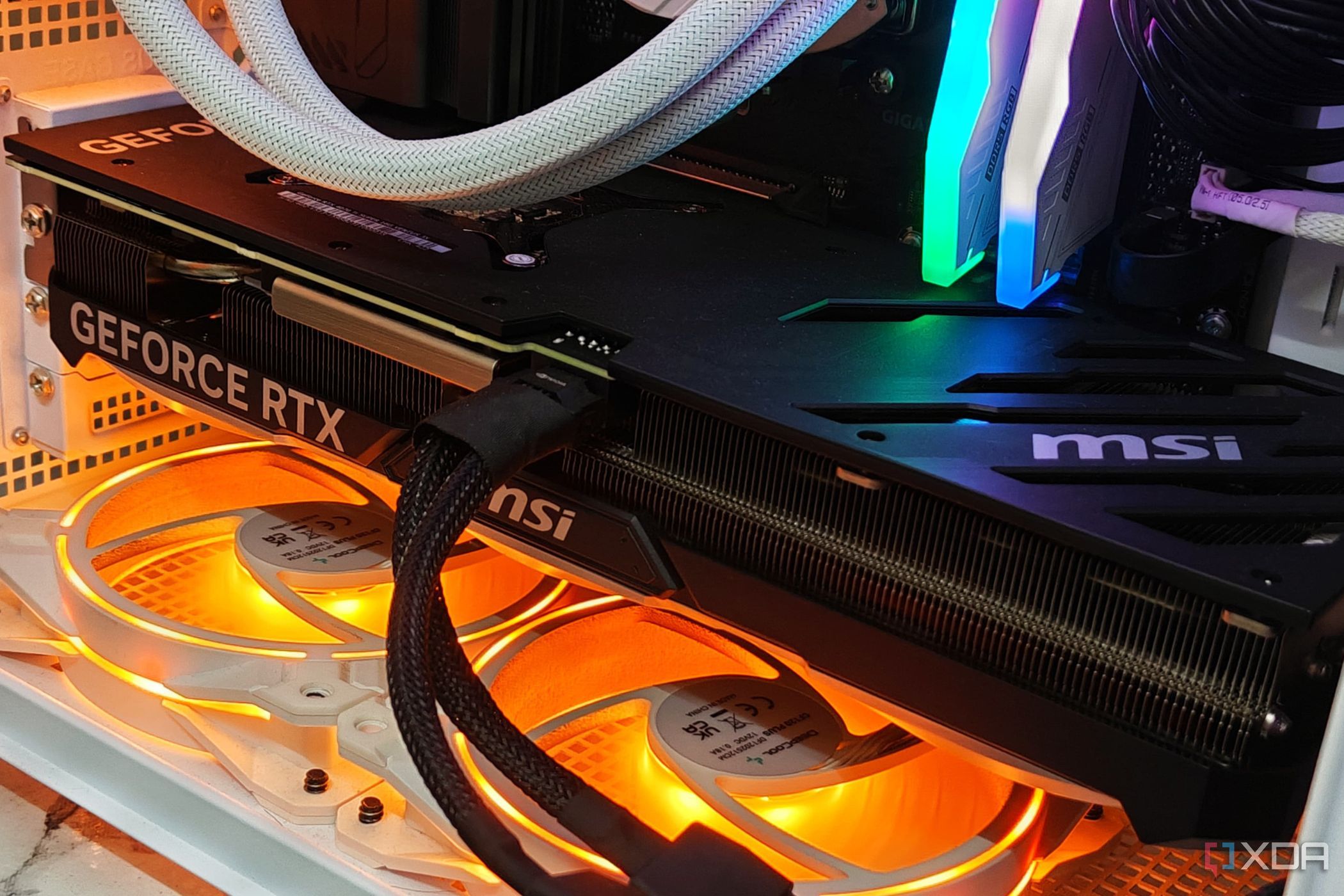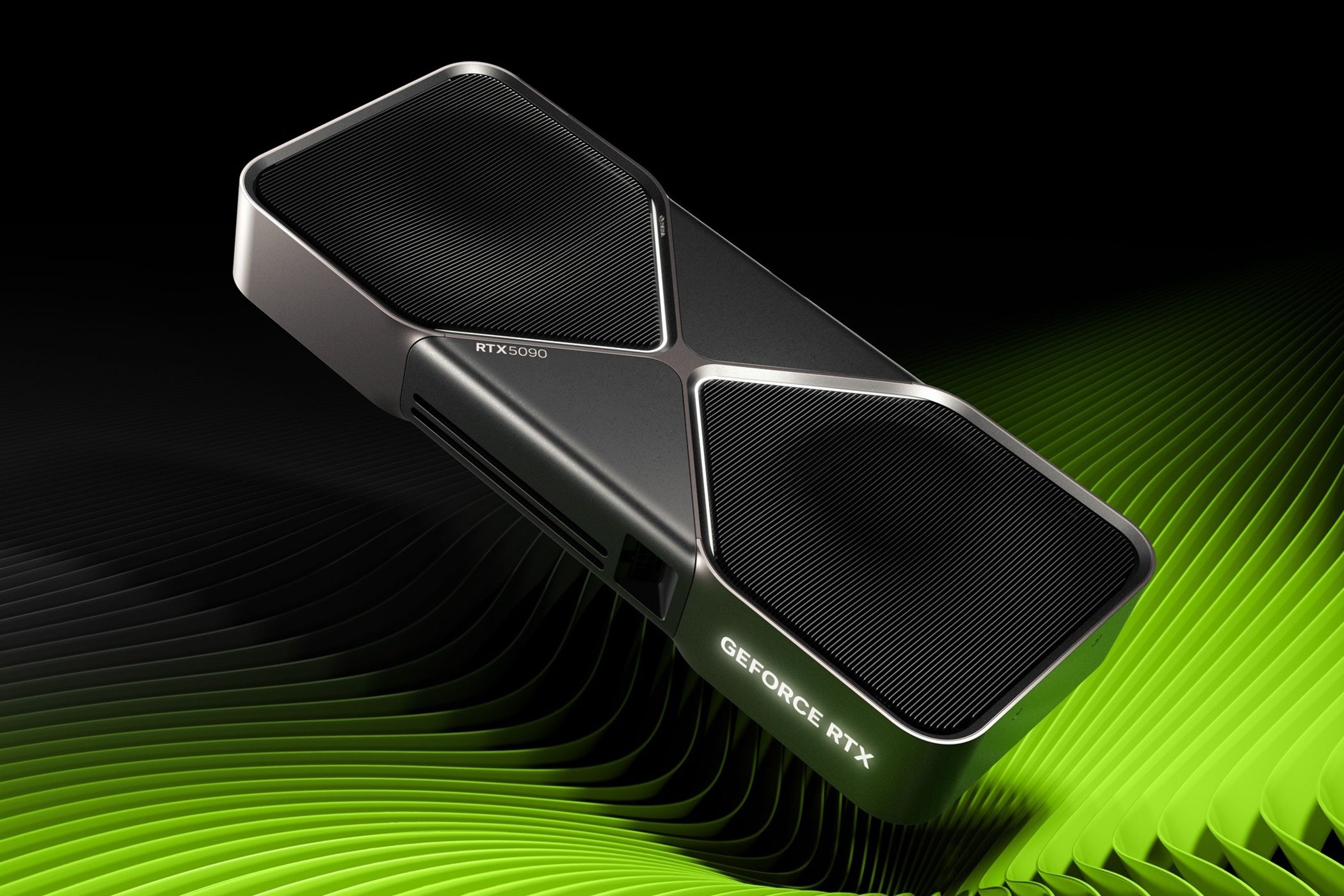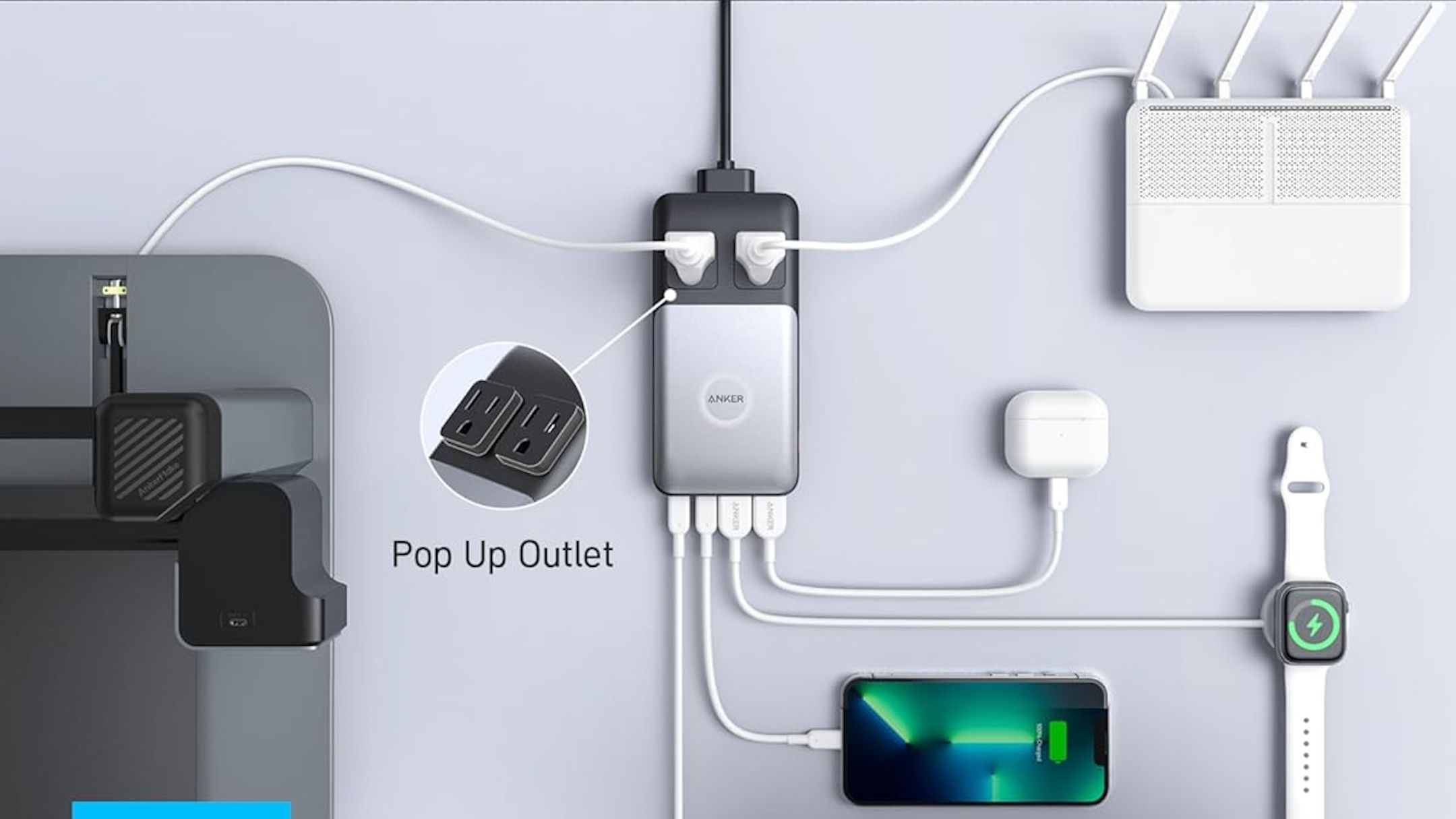Graphics cards have become increasingly bulky in recent years, with high-end models typically occupying three or more PCI Express (PCIe) slots on the back of your case. This is mainly because modern GPUs draw more power and require beefier cooling solutions to keep operating temperatures in check. I used to love these chunky GPUs with triple-fan coolers because they gave me peace of mind about long-term performance and thermal headroom for overclocking.
My first 3-slot graphics card was the Asus ROG Strix 3090, which immediately surprised me with its cooling performance. Even while gaming, GPU temperatures never exceeded 70C, which was impressive given that I live in a hot country. But over time, I realized that thermal headroom alone doesn't outweigh some of the drawbacks I experienced firsthand. That's why I went with a liquid-cooled 2-slot model when I upgraded to the RTX 4090 — and I haven't looked back. So, before you invest in a 3-slot or bigger GPU like I did, consider these important factors.

Related
7 things to note before investing in a new GPU
Before you buy the crown jewel of your rig, be sure to take these factors into consideration.
3 They block adjacent PCIe slots
No room for internal capture cards or dedicated sound cards
Let's start with the obvious fact that a 3-slot GPU, in most cases, blocks the second PCIe slot on your motherboard. This means that if you plan to install a PCIe capture card, such as the Elgato Game Capture 4K Pro, or a dedicated sound card, like the Creative Sound BlasterX AE-5 Plus, you will encounter issues. If you're lucky and your motherboard has wide spacing between the first and second slots, you may be able to fit right beneath your GPU's shroud. Otherwise, you'll have to use the third PCIe slot, which some lower-end motherboards don't have.
Either way, your expansion options become limited the moment you install a beefy 3-slot GPU. Some high-end GPUs today, such as the Asus ROG Astral RTX 5090, occupy more than 3.5 slots, exacerbating the issue. Sure, you could always get an external capture card or sound card to work around the limitation, but it won't sit flush on your desk or blend in with the rest of your setup. Even if you somehow manage to install a capture card right beneath your GPU, it'll block airflow and raise GPU temperatures, negating the very reason you bought a 3-slot GPU in the first place.
2 GPU sag is inevitable without proper support
3-slot GPUs are heavier and almost always end up sagging after a while
GPU sag has become such a common issue in recent years that manufacturers often include an anti-sag bracket in the box for support. And if that's not enough, Asus' ROG Astral RTX 50-series GPUs feature a built-in gyroscope and accelerometer that work with its GPU Tweak software for sag detection. Unfortunately, my Strix RTX 3090 didn't come with an anti-sag bracket, so it started sagging after a few months. The sag was very noticeable by the two-year mark, but I brushed it off as a cosmetic issue. Over time, I learned the risks of GPU sag and decided to take it more seriously.
Your GPU sags because of the constant downward force it exerts on the PCIe slot. If you see it drooping, it's probably already late because your motherboard's PCIe slot has lost its rigidity. This compromises the longevity of your PCIe slot and the GPU's PCB, so it's something you need to address early. Sure, you can always buy a third-party anti-sag bracket if your GPU doesn't come with one, but it won't look flush inside your case. And as someone who prioritizes aesthetics, that's not the route I want to take. I'd rather have a lighter 2-slot GPU that doesn't bend over time.
1 They limit future upgradability
These bulky GPUs may not fit in your next case

When we're in the market for a new graphics card, we usually check its dimensions to make sure it'll fit inside our case. Personally, I like to think ahead since I keep my GPUs for around 2–4 years. At some point, I may upgrade to a fancy dual-chamber case or a Mini-ITX case, and that's when compatibility becomes a real concern. If I keep buying 3-slot GPUs, I'm only limiting my future options. For instance, I don't think I can fit a 3-slot GPU horizontally inside the Hyte Y70. Sure, you could argue that I can vertically mount my GPU, but this orientation has its fair share of drawbacks.
Most Mini-ITX cases, on the other hand, simply aren't built to handle 3-slot cards. Even the ones that technically support triple-slot GPUs tend to choke airflow around them, especially since ITX enclosures already run hotter due to limited ventilation. In many SFF builds, the GPU fans sit dangerously close to the side panel, leaving almost no room for the card to breathe. Sometimes, you may even need to mod the case to fit a thick GPU. To me, it just makes more sense to downsize to a 2-slot card and avoid all that hassle.
The thermal headroom of a 3-slot GPU is not without trade-offs
Let me be clear — I don't completely regret buying a 3-slot GPU. It offered excellent cooling performance, and I never had to worry about thermals until the thermal paste eventually dried out. But now that I've owned one and experienced some of its drawbacks, I'm more than willing to downsize to a 2-slot GPU. Sure, it might run a bit hotter than I'd like, but at least I wouldn't have all these other concerns lingering in the back of my mind. At this point, a 2-slot high-end GPU like the RTX 5090 Founders Edition looks way more tempting to me than all the 3- to 3.8-slot models on the market. If you were on the fence about picking one up, I hope this helped you make a more informed decision.

Related
5 of the best Nvidia GeForce RTX 5090 GPUs for gaming
Looking to upgrade to Nvidia's new flagship GPU? Here are our top picks.
.png)











 English (US) ·
English (US) ·